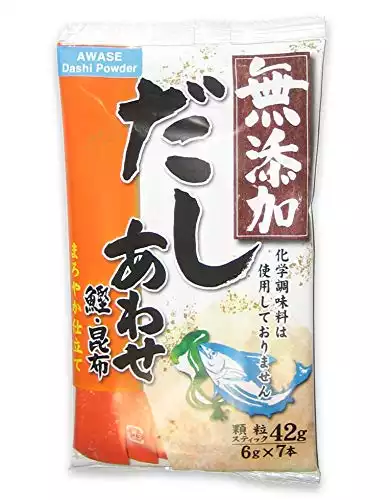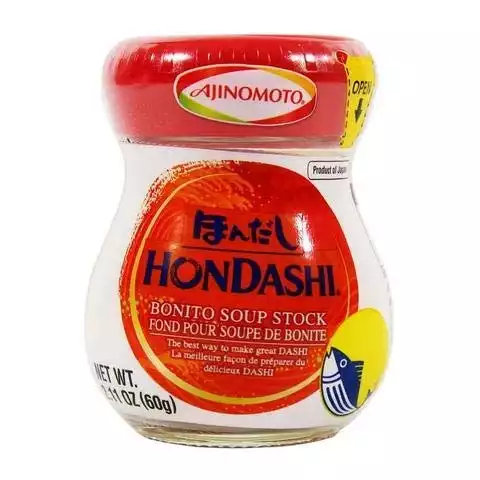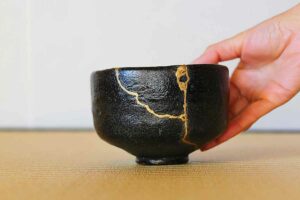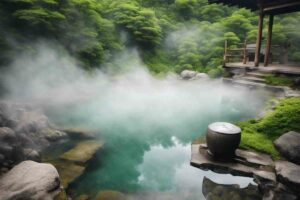As with much of Japan’s rich and historical culture, some foods and flavorings can be traced all the way back to the Jōmon period (c. 14,000-300 BCE).
Dashi is no different but gained prominence in the seventeenth century, during the Edo era.
Basically, a soup stock which is widely used across the many islands of Japan and in many other places worldwide, Dashi or Dashijiru, even has a number of health benefits.

It is used widely as a stock, the main ingredient of many soups, nimono (煮 物 – simmered dishes), an additional sauce for grilled foods, a dip for Tempura and type of brine for dishes made with fish or poultry.
What to Expect – We will detail exactly what Dashi is, as well as Hondashi, their ingredients, main uses, and the differences between the two. As well as some culinary history, the astonishing amount of health benefits and where you can buy this immensely versatile product.
Table of Contents
What Is Dashi?
A word referring to a range of varying types of stock, Dashi is the foundation of many traditional Japanese meals.
Taking just 15-20 minutes to prepare, it is made by steeping a multitude of different ingredients in water.
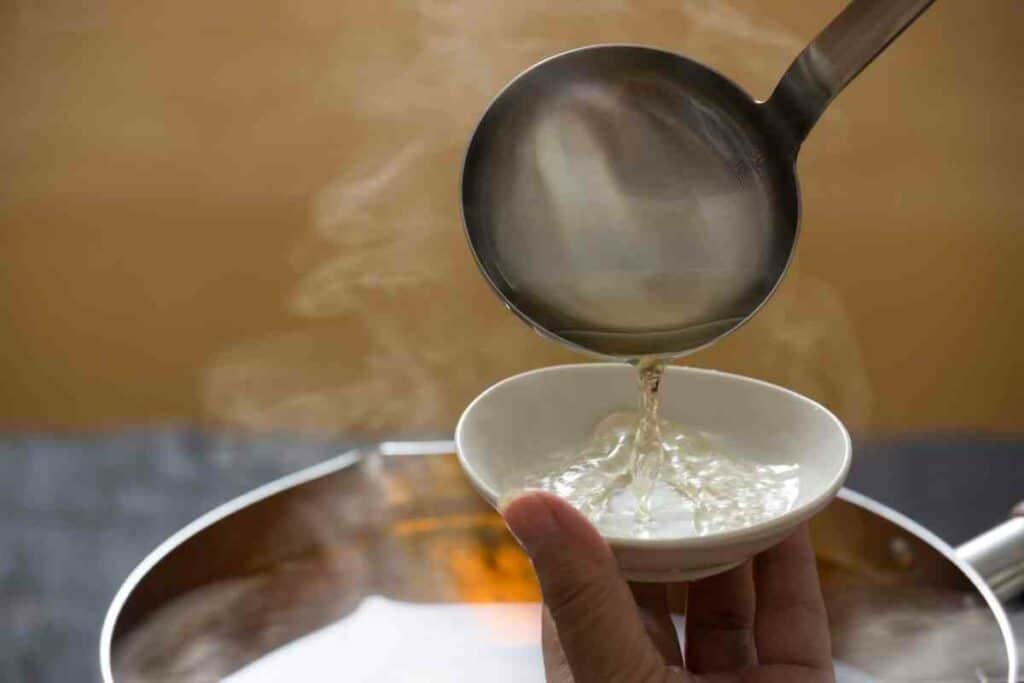
The main ingredient of Dashi is dried flakes of bonito – another in the family of both Tuna and Mackerel: Scombridae.
A fish not unlike the Skipjack Tuna, according to many.
Dashi is also often made from dried kelp (Kombu), anchovies (Iriko) & sardines (Niboshi), Seaweed, and even dried Shiitake mushrooms or a combination of all or two or more of these.
Its savory, umami taste is owed mostly to the presence of glutamates which intensifies the flavor.
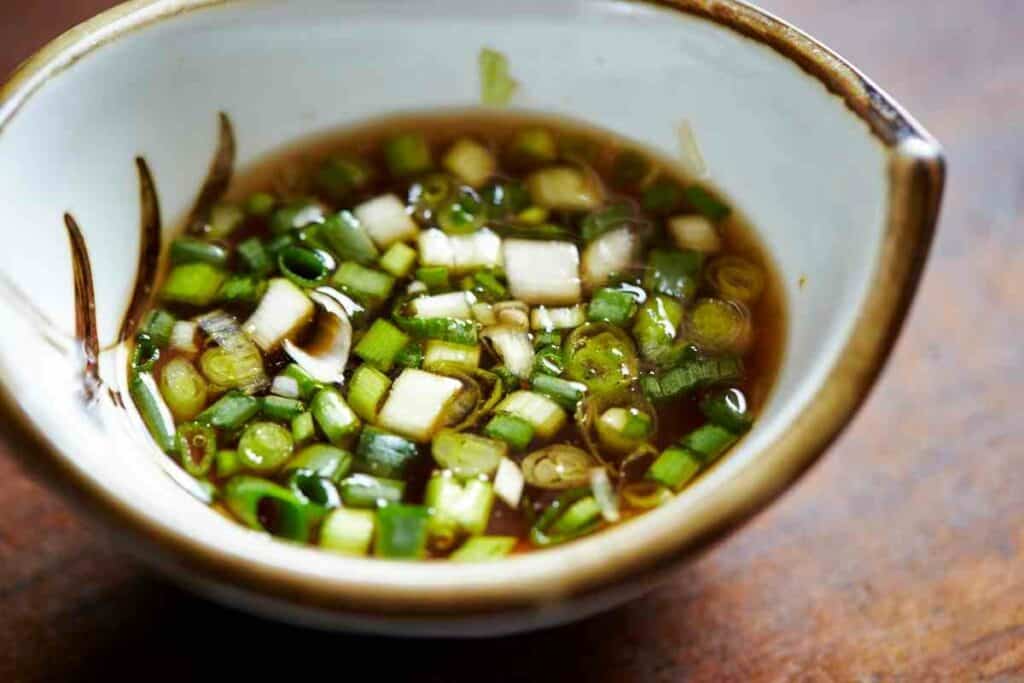
Dashi can also be made from:
- dried shrimp
- scallops
- and toasted beans
The presence of glutamates is what makes its distinct flavor so individual that it is even what creates an all new seasoning, patented over a century ago in Japan.
Booking.comWhat Is Umami (旨 味)?
Uncovered by Japanese chemist Kikunae Ikeda (1908 – Tokyo Imperial university) and categorised as a completely new form of flavor – separate from bitter, sweet, sour, or salty, specifically, the ‘5th flavor’: Umami – Dashi is a staple in many Japanese pantries and restaurants.

Ikeda extracted glutamates from Dashi and invented a seasoning.
This is called Ajinimoto and was the first product of its kind.
It is additionally an ingredient of Hondashi to add extra punch, but it is also mass produced and sold as a condiment in a shaker, like Salt or Pepper.
What Is Hondashi?
A credible “meal-saver”, Hondashi is an instant version of Dashi – made famous by the brand of the same name and produced and sold by the Ajinomoto Company, a native Japanese business.
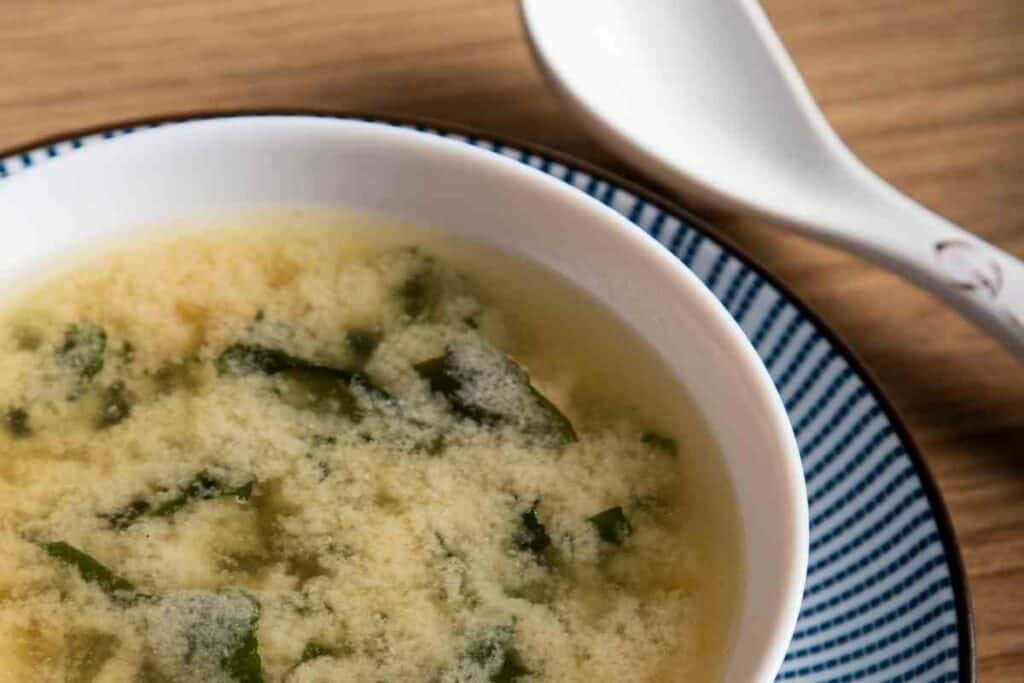
Often referred to as a seasoning itself, Hondashi is relied on in a pinch. Simply add hot water and that’s that…you have some instant dashi for your dish.
What’s the Difference?
So, the main difference is a pretty simple one.
One of them is homemade and the other is what coffee granules are to coffee beans: an easy work around for the advantage and convenience of speed.
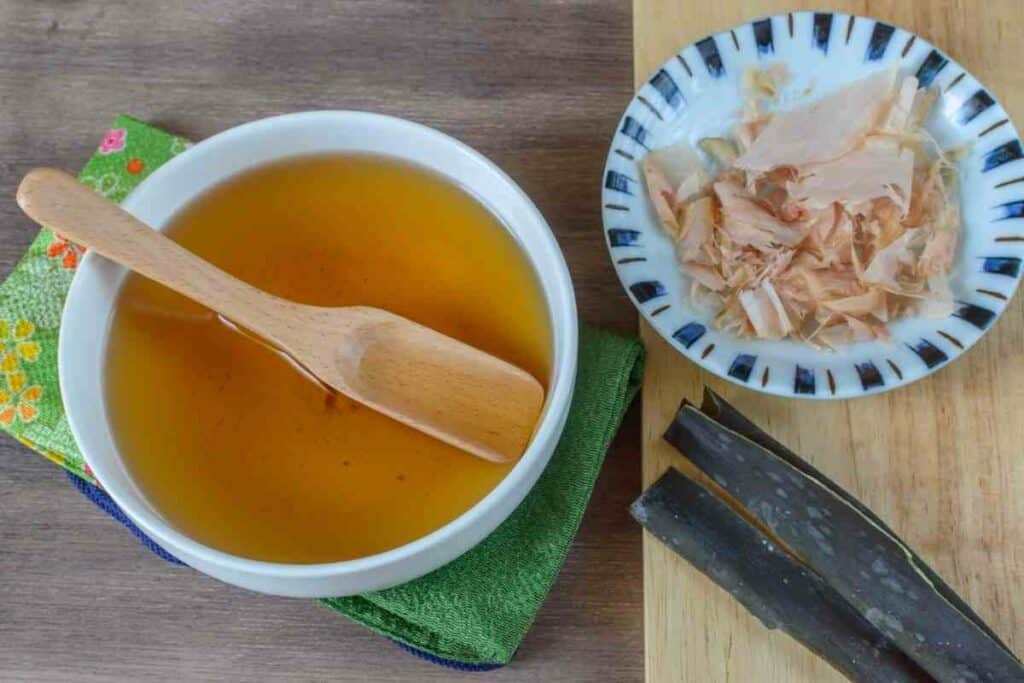
Another contrast between them is that one, Dashi, is an original dish which can be made from scratch or bought in ready-made forms.
Hondashi, on the other hand, is a product invented by a company and is a convenient form of Dashi.
Key Takeaway: If you are in a rush then grab yourself some Hondashi to save time and if not, you can take the time to stew some ingredients yourself.
What Can I Do with Dashi & Hondasi?
There are vast and various uses for Dashi.
A lot of people even drink it with an additional pinch of salt, as a standalone hot beverage.
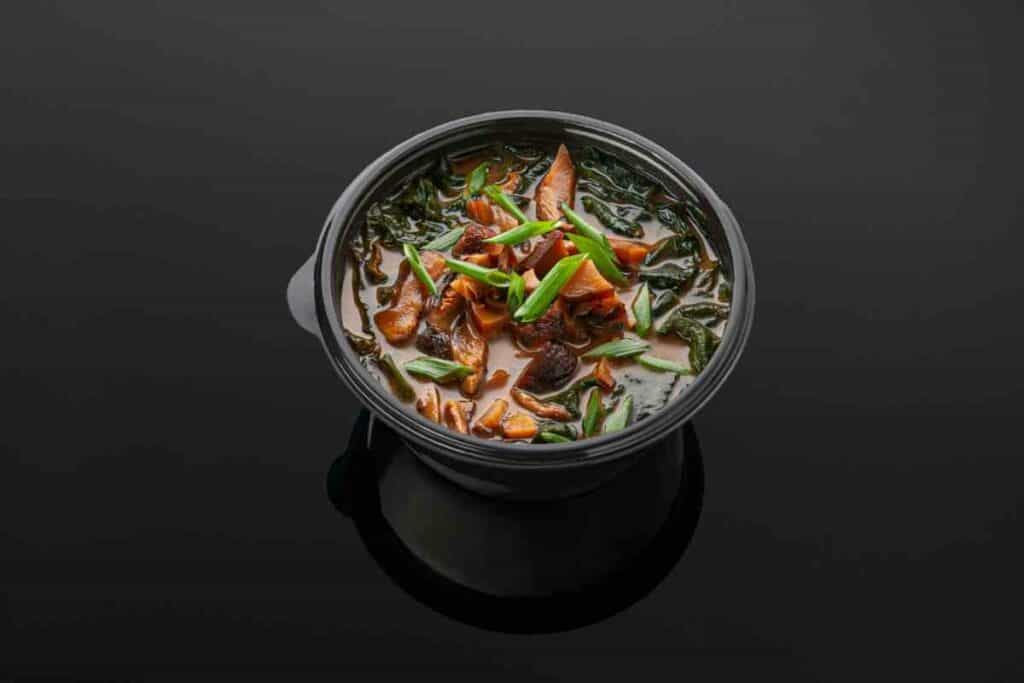
As briefly stated earlier, it can be used a stock in many types of soup:
- plain soups
- noodle soups
- fish soups
- chicken soups
And this list is by no means exclusive.
Miso soup is categorised as the most popular soup in Japan and is a dashi-based dish.
Dashi is also exploited as a dipping sauce for all types of foods: mostly fish chunks or Sushi.
It is a regular ingredient in stir fries and delicious chicken or fish broths.
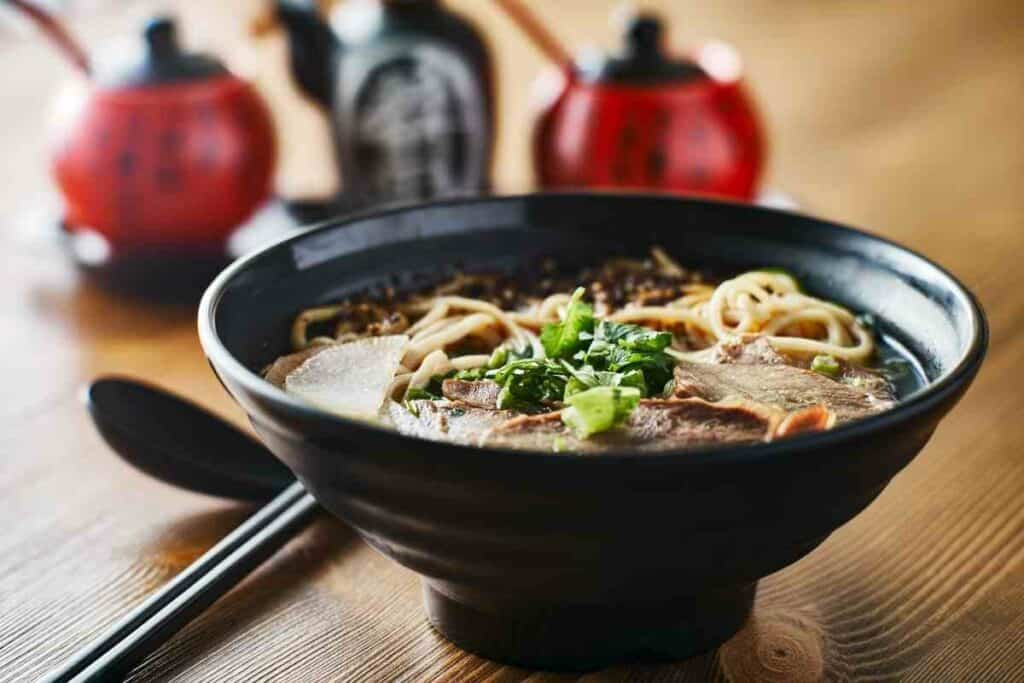
Additionally, it can be added to a multitude of simmering meals like:
- Simmered Kabocha or Nishime (vegetables)
- Bamboo shoots
- Daikon
- Tofu
- and even eggs
Some people also use this astonishingly versatile base-ingredient as a glaze.
What are the Health Benefits of Dashi?
The glutamine content of Dashi means that it has a great many health benefits.

Even in Bodybuilding – Regular use of this amino acid can stop muscle from catabolizing in an effort to provide those glutamates for your body – effectively encouraging growth by replacing what is required for the body to sustain itself.
It also:
- Helps with Healing Wounds
- Boosts Digestive Health
- Strengthens Immunity
- Improves Recovery After Exertion
- Encourages Weigh Loss
Too much can also have negative effects, as with many things which we need to survive.
Some researchers have argued that it is linked with neurological disorders. But it is also a neurotransmitter which is vital for our survival.
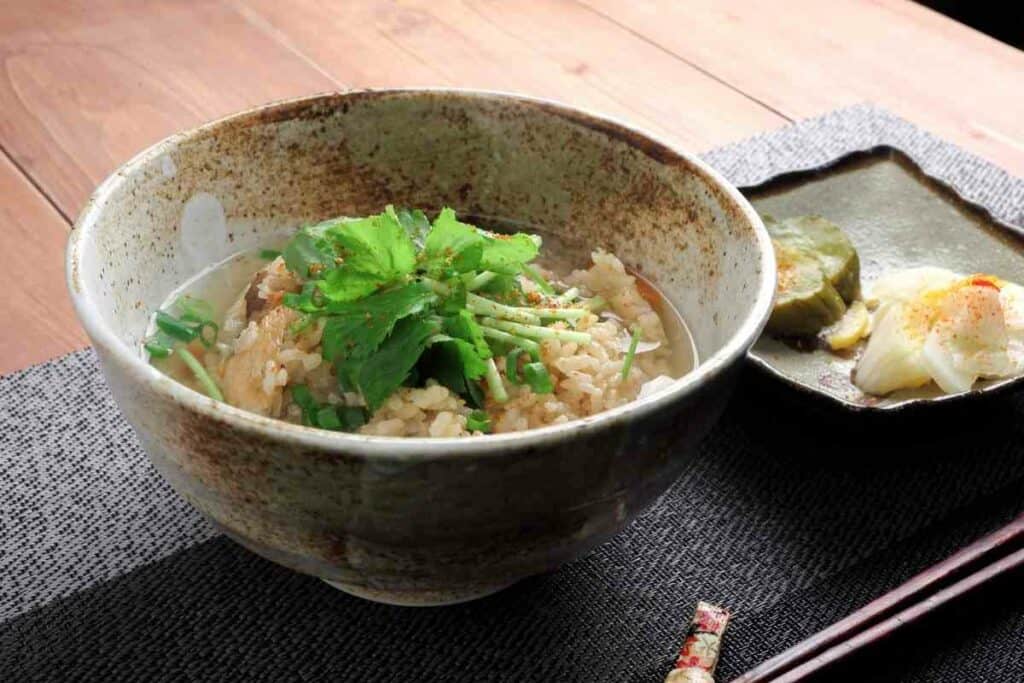
It has been specifically linked with Mental Health disorders like Schizophrenia; it supports the growth of your brain:
- it aids cognitive functioning
- assists bone formation
- regulates inflammation
- and even produces an antioxidant named Glutathione
Glutamine helps your actual cells to survive and encourages neuroplasticity and contributes to the production of your body’s energy.
It truly is something of a wonder.
Shimaya Awase Dashi Powder is a convenient and flavorful way to add the essential umami-rich dashi flavor to your Japanese dishes
Are There Any Risks?
According to the World Health Organisation, the Food and Drug Administration and the Food and Agriculture Organisation of the UN, as long as it is a moderately used additive in food then it is completely non-toxic.
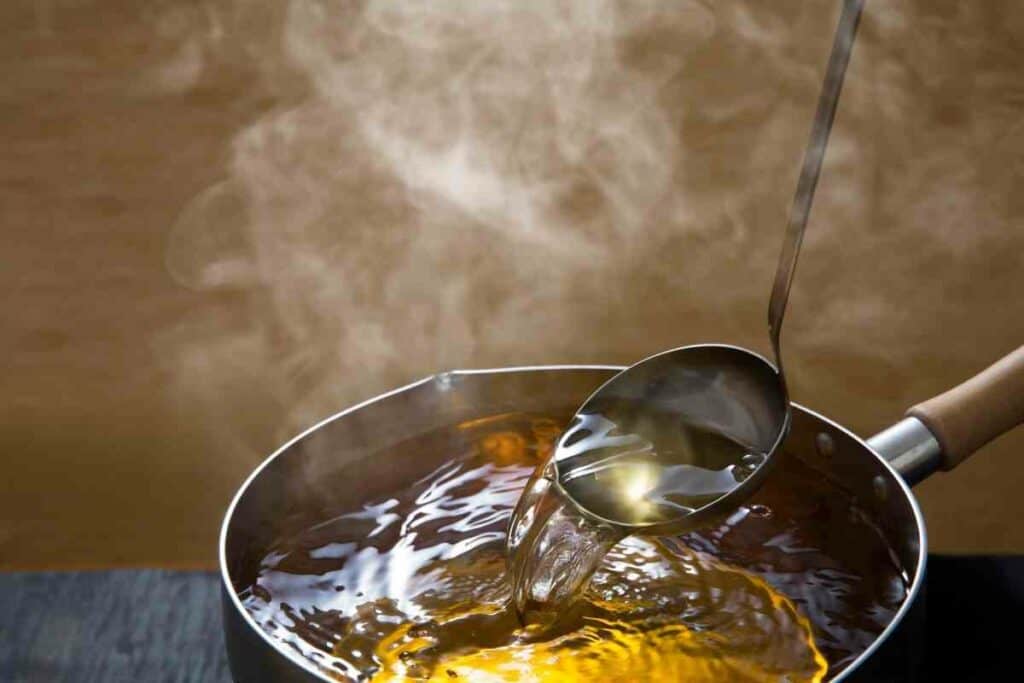
Some evidence does suggest that there are high levels detected in those suffering from anxiety disorders.
Those with ADHD and Autism may even be hypersensitive to it as well.
Overconsumption is linked with Excitotoxicity – a condition which results in the death of cells.
It causes nerve damage so, as with anything else: moderation is key!
Where Can I Buy Them and What Do They Each Cost?
Just like the gravy we both know and love, Sadhi stock can be bought in a number of forms and fashions.

From the famous Ajinomoto Company’s Hondashi (Amazon – $6.67: $1.58/Ounce), to Shimaya Awase Dashi Powder (Amazon’s choice but a little more expensive at $3.54/Ounce).
Umami Broth is a little pricier, still, at $5.71 per Ounce.
Prices will vary but even ready-to-use stock packs are as little as under $2.00 per Ounce.
You also have to the option of buying the dried ingredients, such as Eden Bonito Flakes (Amazon – anywhere from $1.67/Ounce to $9.10/Ounce).
Ajinomoto Soup Stock Hondashi is a seasoning blend that enhances the flavor of dishes with ingredients such as bonito tuna powder, sugar, salt, and flavor enhancers like monosodium glutamate and disodium inosinate. It offers a convenient way to add a rich and umami taste to soups, stews, and other dishes, particularly in Japanese cuisine.
These are just a small number of examples and even a simple Google search will give you a general idea of how widely this super-condiment is available.
Keep In Mind: Nothing, though, will ever beat taking a trip to Japan or even an authentic Japanese restaurant to try some for yourself.
How Should I Store My Homemade Dashi?
Should you choose to buy ready-made or instant dashi, then the storage instructions will be on your pack.

However, if you make your own and you end up with some scrumptious leftovers then how, where, and for how long should you store it?
Freshly Made Dashi – Depending on ingredients, can generally be placed in a sealed, airtight container and chilled for just two days.
Mark it with a date so you don’t forget!
Freezing on the other hand, will ensure that it lasts as long as approximately three months.
Final Thoughts?
There is no wonder that this foundational ingredient for many foods, is such a popular one.
With a multitude of health benefits, so many differing forms and ingredients, and practically unrivalled versatility, Dashi is a must-have for anyone who likes Japanese cuisine.
Its patented and unique flavor makes it a stock which everyone needs to at least try, even if only once in their lifetimes.
Scientists have even, reportedly, found receptors for Umami in your tongue.
So you owe it to yourself to use them and find a place for this fantastically flavorsome, adaptable addition to your kitchen.
You May Also Like
- Japanese Wedding Traditions (Venue, Dress & Food)
- Kintsugi: Perfectly Imperfect Ceramic Art (with 8 Examples)
- 5 Best Japanese Makeup Brushes for a Flawless Finish
- Maiko Vs Geisha Compared: What Are the Differences?
- Japanese String Instruments (9 Famous Ones)
- Best Onsen Destinations In Japan (10 Top Locations)

